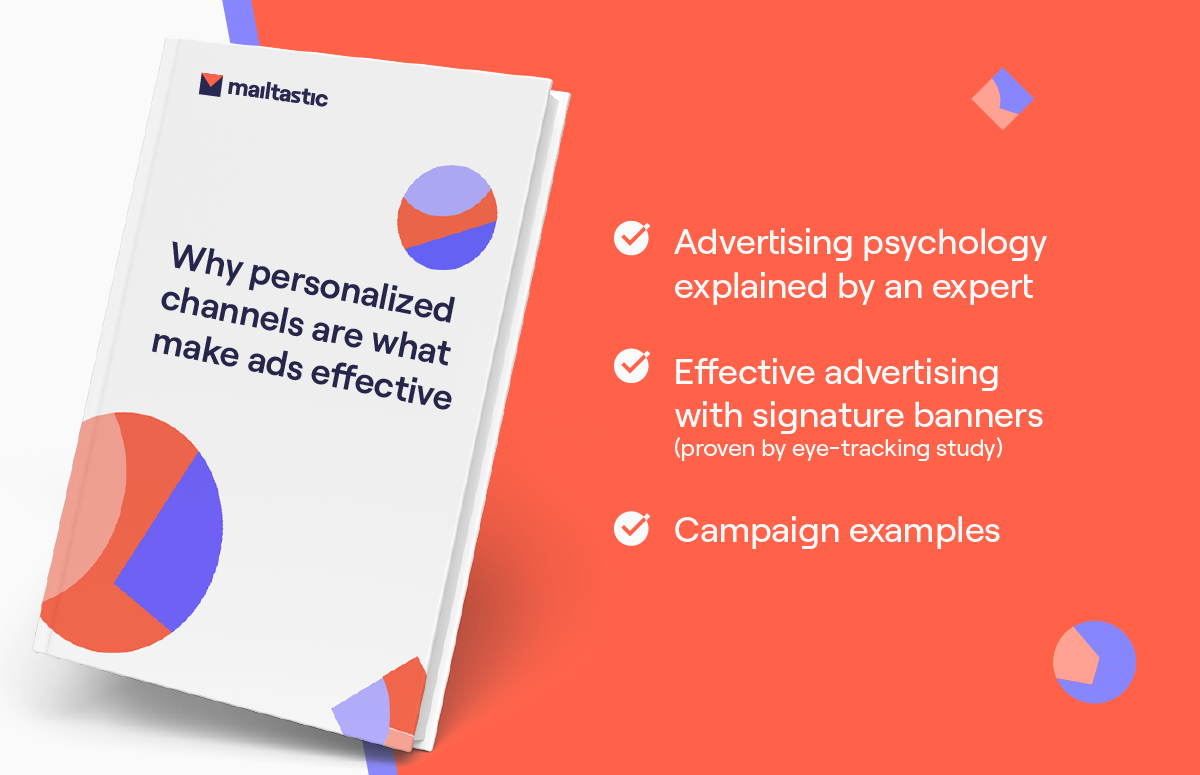EP 5 - Marketing Rebels: Stop gating content, it doesn't work
During the Marketing Rebels series, we'll be interviewing B2B leaders who are tearing up traditional marketing playbooks. Best of all, they'll be discussing actionable, real-world insights you can steal for yourself.
To gate or not to gate. That is the question. In this episode of Marketing Rebels, Cognism Group CMO, Alice de Courcy, speaks to Turtl Head of Marketing, Karla Rivershaw, about how to pick your moments when gating content. They also cover personalisation, key metrics, marketing tech stacks & more. Let's jump in. 👇🏼
Key takeaways
- As audiences become more wary of gated content, marketers must provide freely available, high value content. This builds trust and makes capturing prospect data more likely further down the buyer journey.
- Marketers should stop focusing on the quantity of leads they provide to Sales and start focusing on quality. As hard-gating content often results in low intent leads, midway and dismissible gates should be used more.
- Behavioural data can help improve reader & user experiences. It can also help marketers assess demand for certain content types. This helps you build more content your audience is willing to provide their details for.
- Marketing Qualified Leads (MQLs) and meetings booked help you measure the success of your content. They also help test the alignment between your Marketing and Sales teams.
When should you gate content?
Karla explains why gating content has become a different ball game in recent years.
"There are times when it makes sense to gate content and there are others when it makes absolutely no sense. When you’re thinking about whether or not to gate content, it should be based on the kind of content you’re distributing, who the audience is and where they’re at in terms of their buyer journey. If you keep those things in mind, it starts to become clearer as to when you should and shouldn’t gate content.
"I think the tolerance level for gating content these days has reduced significantly. If you think back to six, seven years ago it was totally normal that everything would be gated. But nowadays, you have to pick and choose the right time."
Next, Karla outlines how Marketing teams can make Sales happier.
"When you do [gate content], delivering SQLs and MQLs is obviously a balancing act. One of my bugbears with the targets marketers are set is that there’s an obsessions with delivering a quantity of leads. This means marketers get super focused on delivering quantity over quality. And quality is what should really count.
"Because anyone can generate thousands of leads, but if they’re not your target market and they’ve shown zero intent, it’s pointless. You’re just gonna frustrate your Sales team because you’re delivering poor leads. That makes them less likely to follow-up and then you could end up losing some higher quality leads as a result. We need to get better at delivering better quality leads.
"A recent B2B buyers survey showed how people are becoming savvier to gated content. The younger the generation is the more likely people within it are to put false information into gates. So unless you’re delivering something of serious value, people might not think you’re deserving of their information. And fake details are of no use to anybody.
"That means you need to think about different ways to get people to raise their hand. And think about delivering the most value to readers so they’ll eventually give their information to you willingly."
So how do you get creative with gating? Well, Turtl can help.
"Turtl gives you creative options to demonstrate value. On our platform, you can choose the type of gating you want. You can do hard gating, which is typical of PDF downloads, but we tend to avoid it because it creates a barrier before you can offer any value. With hard gating you also have the issue of people providing their details but then realising the content isn’t for them. And then they don’t bother reading the rest. So it’s another lead you’re passing to Sales that’s junk, because the person actually isn’t interested in what you have to offer.
"With Turtl, you can also do a midway gate. Last year we did some research with Forrester which cost a lot of money. Obviously, we wanted to get value out of it on the other side. So a midway gate opens up a couple of chapters before it asks for your information. And if the person genuinely is interested, then they’ll happily give you their details. And if they’re not, that’s fine and we probably don’t want to be speaking to them anyway.
"We also offer dismissible gates, which are totally optional. These will pop up and say something like 'fancy signing up to our newsletter' or whatever you’re trying to push. If they don’t want to, they just cross off it and carry on with their reading experience. But again if they’re having a positive reading experience and feel like what you’re offering is really valuable, they’ll be much more likely to fill in the gate."
Finally, Alice asks Karla whether Turtl plans the content they'll gate before executing it.
"Generally speaking we know whether it’s going to be gate-worthy. Because typically the content we produce has a particular stage of the buyer journey in mind. Generally, I think gated content shouldn’t be top of the funnel. That’s where people are familiarising themselves with your brand. Gating that means your prospects will never have the chance to find out about you.
"You should start gating content at the middle of the funnel. That’s where people are familiar with your brand and already know that you offer something valuable. That means they’ll be more likely to provide their details to sign up to a webinar, research or something else high value. The key is that it has to be something original. Something that the reader can’t find anywhere else. If you can tick those boxes, you’re totally justified gating. But I’d caution marketers asking for too much too soon."
How can you personalise content?
Alice asks Karla how marketers can use progressive profiling to personalise content.
"Progressive profiling is a good way to deliver personalised content and over time you collect more information about them. The key is to do it in a way that’s not mandatory. And also if someone has to fill in a form every time they want to access a new piece of content from you, that’s gonna be super annoying. Of course, you can ask for information that delivers more value to them, but you have to position it in the right way. That means making it optional.
"Also don’t get caught up on data people have to give you. We should also get better at taking note of behavioural data. Like actually listening to what our audience is doing & saying. There are a lot of things that are unspoken but can help us to shape their experiences for the better in future.
"You can use tools like Turtl to see what your audience is reading. So whether if it’s a blog post on your site and you can see that a contact has been reading it for X amount of time, that’s really valuable information because you know that contact is interested in this topic. So we should probably send them an email with this white paper we’ve recently done on the topic or invite them to a webinar we’ll be hosting. So you can make your content a lot more relevant just by paying attention to what people are reading and how they’re engaging with different things."
What metrics should you be tracking?
In terms of metrics that keep her awake at night, Karla has a couple of usual suspects...
"What would cause concern for me is the number of meetings booked off the back of the MQLs we’re generating. If we’re not getting those numbers [...] that keeps me awake. I’m constantly reviewing how many meetings we’ve booked in a week off the back of marketing leads and review other MQLs that got rejected to try and understand why."
How should you approach buying new tech?
Alice asks Karla for the number one tool she couldn’t live without and her approach to buying and adopting new technology.
"Bombora is intent data that shows you how companies search for keywords of your choosing. For us, it might be people searching for things around interactive content, content personalisation, account-based marketing, etc. Then you’re able to see which companies are researching these keywords heavily. And that basically provides us with a list of people to go after.
"When it comes to buying and adopting new technology, it needs to integrate with your existing tech stack. If it doesn’t, it’s just not gonna get used properly. Being able to integrate it with your CRM is also key. For me, I need to make sure that whatever technology I’m bringing in to play helps drive efficiency."
Like what you see? Then don’t miss out on the rest of the series
Learn more about Mailtastic and email signature marketing



